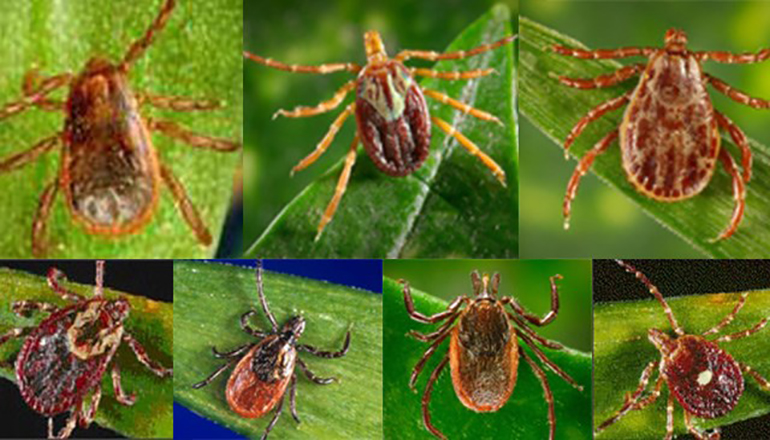As Lyme disease Awareness Month draws to a close, levels of some tick-borne illnesses in Missouri are on the rise.
While Lyme infections in Missouri are not as dramatic as they are in northeastern states, officials said there is still cause for concern. Ticks cause a higher number of human diseases than any other insect in the U.S.
The most common tick related diseases in Missouri are Rocky Mountain spotted fever, ehrlichiosis, tularemia, and Lyme, along with newer viruses such as Heartland and Bourbon. Studies show the frequency of infections are increasing.
Dr. Ram Raghavan, associate professor of veterinary pathobiology at the University of Missouri Veterinary Medical School, said there are several reasons why. “Some of these suburban areas are built around wooded backyards, and people are interacting with the wild more than they used to be in the past,” Raghavan explained. “We are also getting very clever and very accurate in the way we detect diseases, there is increased awareness, not only among practitioners, but also patients.”
He pointed out climate change is also making winters warmer and extending tick season. When outdoors experts recommend hikers stay in the center of trails and avoid tall grass and brush. Recommendations also include wearing clothing treated with permethrin or insect repellent containing at least 20% DEET, to check clothing for ticks, showering after being outdoors, then conducting a thorough tick check.
Raghavan noted in addition to the many bacterial pathogens transmitted by ticks, there are also threats from emerging viruses. “Recently, in the past 10 years or so, a couple of new tick-borne viruses emerged in our area here in the central Midwest,” Raghavan outlined. “One of them is called the Heartland virus, and another one is the Bourbon virus. Heartland and Bourbon viruses can actually kill somebody and there have been a few fatalities that have occurred over the years.”
The Missouri Department of Health reports the majority of Heartland virus patients required hospitalization to recover. Bourbon virus is named after Bourbon County, Kansas, where the first U.S. incidence of the disease occurred.
A relatively new condition associated with tick-borne illness is Alpha-Gal Syndrome when people become allergic to red meat. Raghavan said it is transmitted by the most common tick in the state. “Meat allergy is a significant problem, and it is transmitted by the tick called the Lone Star tick, which is actually the most abundant tick in our region,” Raghavan stressed. “Chances are, if someone is ever going to see a tick on them, it’s most likely going to be a Lone Star tick. So we need to be watching out for that.”
Ticks cannot fly or jump, nor do they drop from trees. They stay relatively close to the ground where they can access soil moisture which they need to stay alive. After rain, the wet conditions and higher humidity will bring ticks out in greater numbers.


